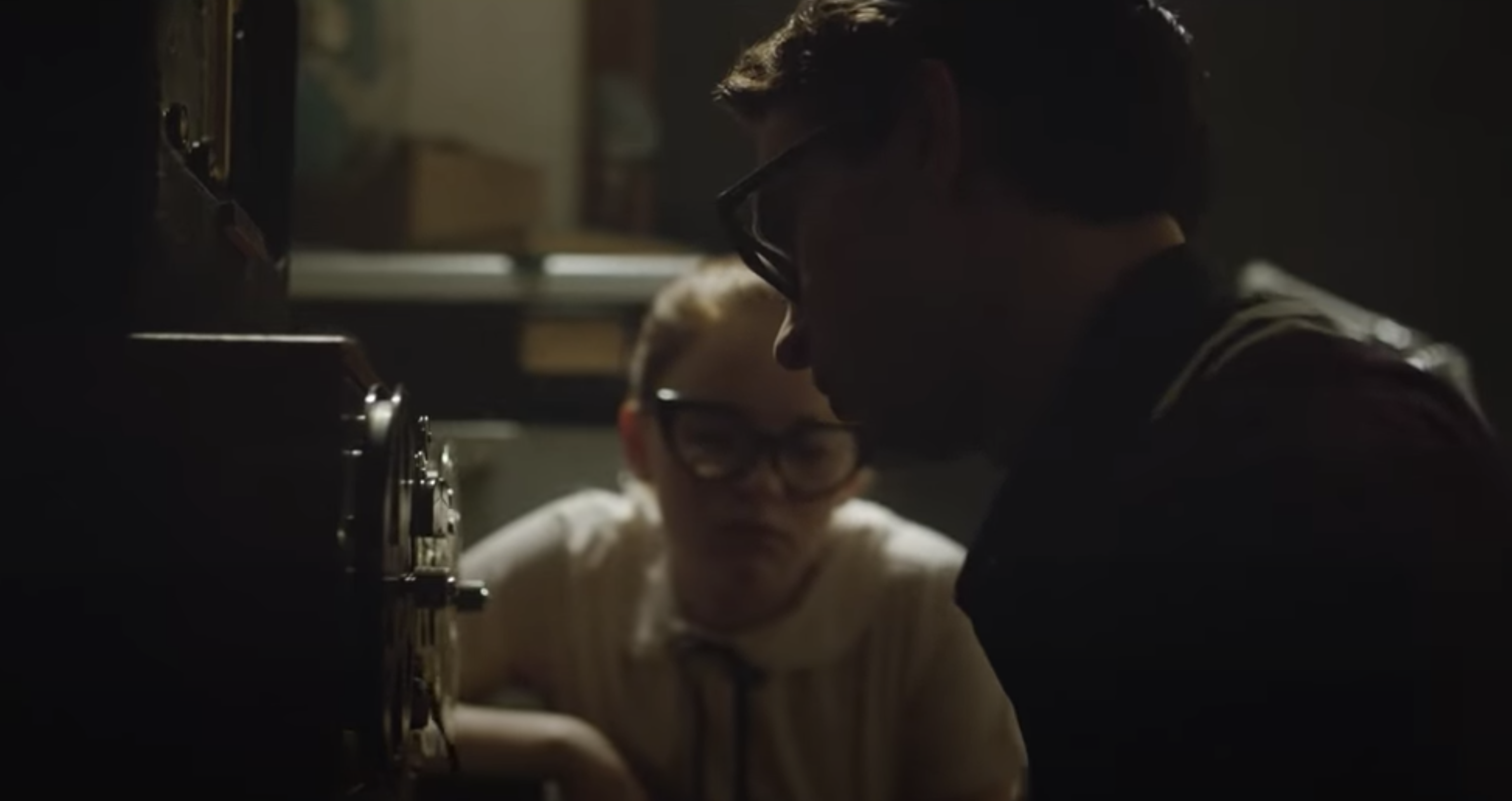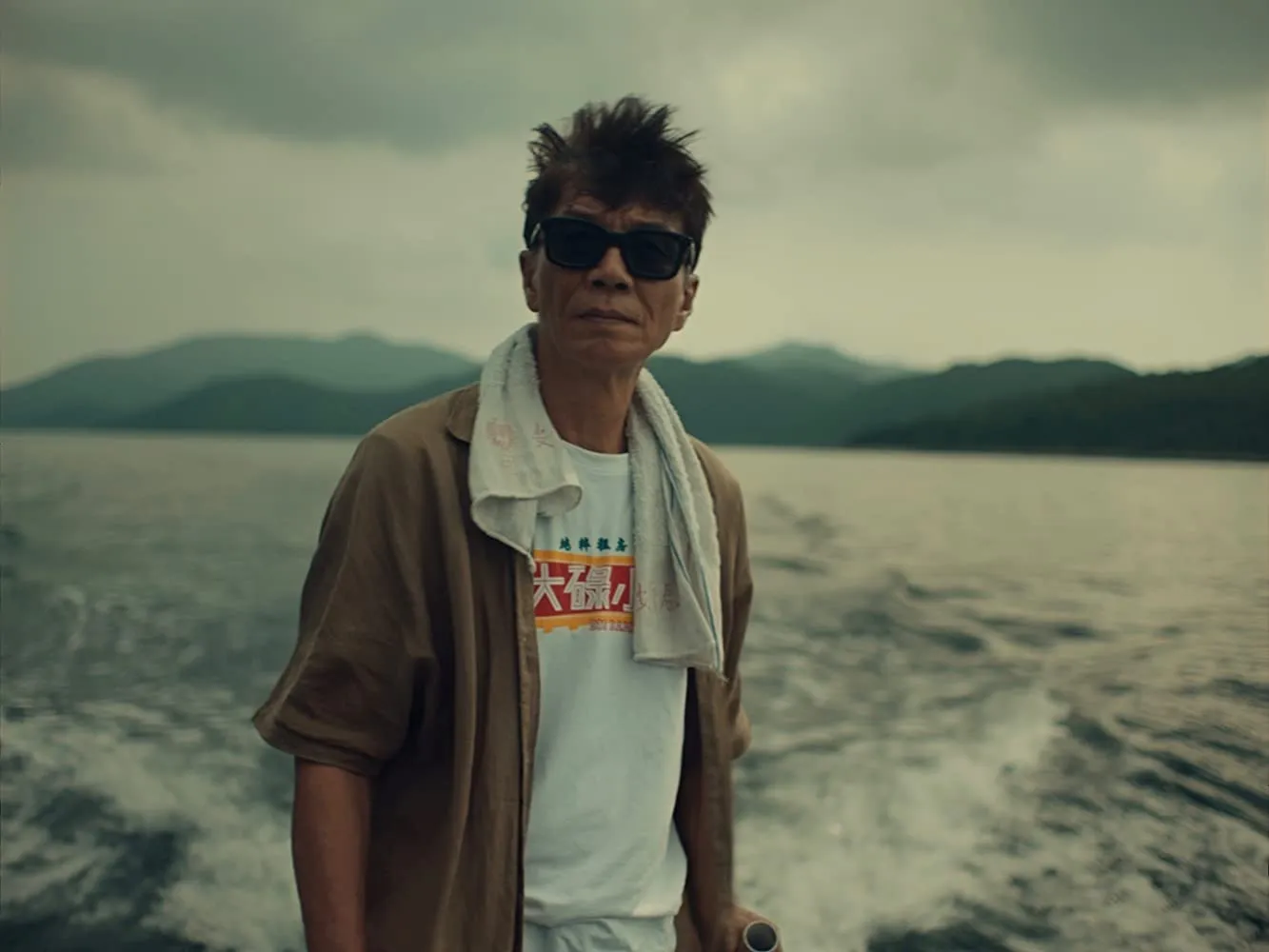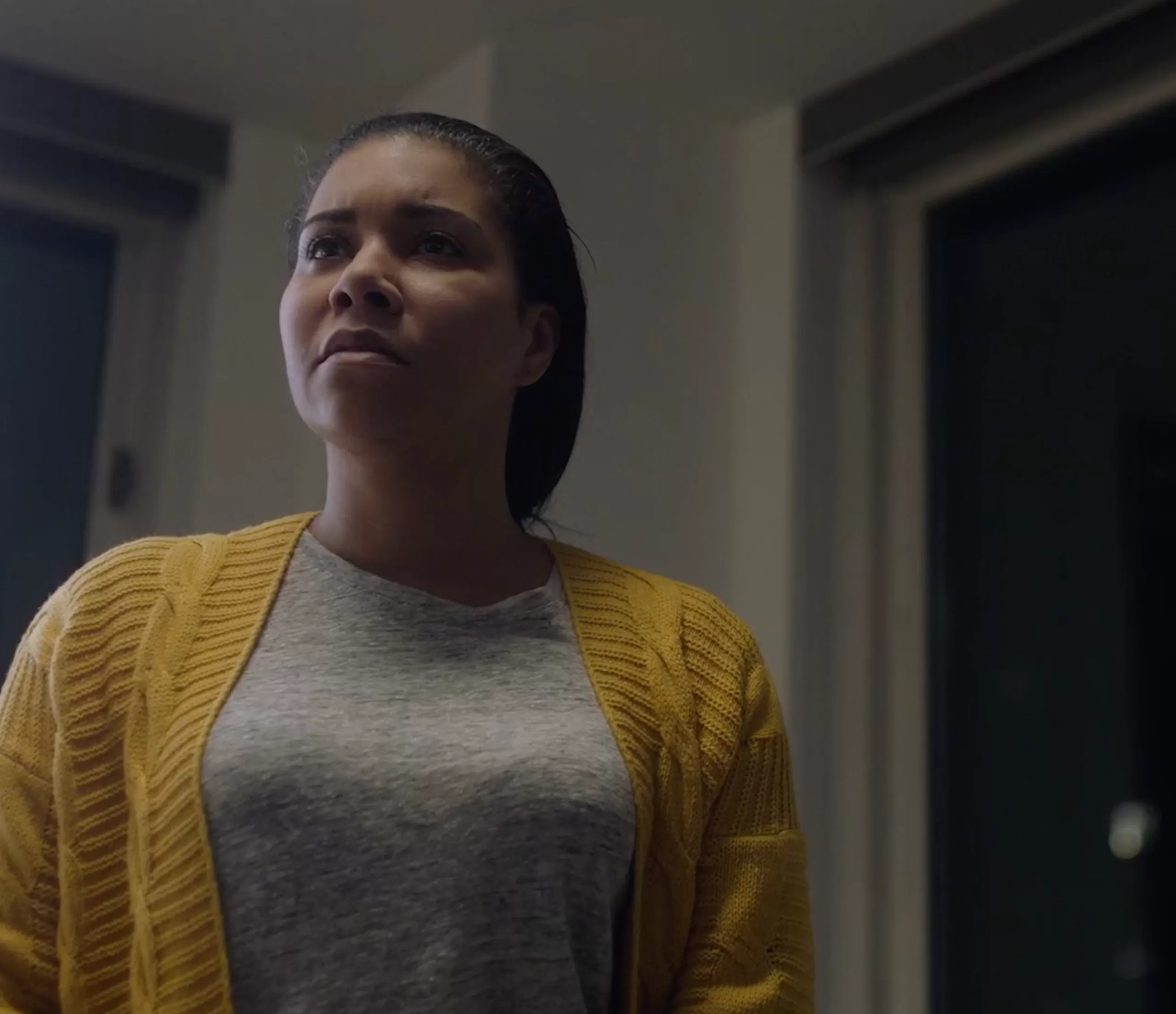Oxyana
Sean Dunne’s new documentary “Oxyana” was awarded a Special Jury Prize at the last Tribeca Film Festival, and it’s easy to see why. Capitalizing on the current rage over oddball slice-of-life docs (see “The Queen of Versailles,”etc.), Dunne’s straightforward portrait of a desolate West Virginia mining town ravaged by prescription drug abuse (Oceana, West Virginia, nicknamed “Oxyana” because of its Oxycontin problem) hits the right notes to ensure big indie success. He chooses a provocative topic, adeptly balances raw first-person commentary with atmospheric cinematography and music, and, most importantly, profiles a population that has already proven equally bizarre and irresistible. Given how well it fared at doc-heavy Tribeca, “Oxyana’s” success on Netflix, if not at your local theatre, is assured.
If you detect a certain snideness in my impression of “Oxyana,” it has nothing to do with Dunne’s aplomb as a filmmaker, which is considerable. What rubs me the wrong way is how close to poverty porn “Oxyana” ends up being. It’s clearly a film intended for an audience that is unfamiliar with everything that makes it up: rural America, manual labor, the general degradation that comes from poor, desperate people all inhabiting the same small space. Though Dunne shows great compassion in his interactions with the people of Oxyana they come off as caricaturish, as objects rather than as subjects. Call it the banality of spectacle, or perhaps the spectacle of banality; either way, the current doc boom seems to run on it.
To his credit, Dunne has chosen an unusual way of presenting his story. He simply splices together interviews with residents of Oceana with arresting scenes of the Appalachian mountains, juxtaposed with snapshots of the impoverished local surroundings. He offers no preamble, no text on the screen, no talking heads giving informed opinions on the how, when, and why of it all. Instead, the audience gets a front-row seat to an entire town’s slow-mo’ implosion and, through it, a window into rural America in the shadow of the Great Recession.
In a word, it’s hell. The interviewees describe an economy bereft of opportunity, and a government apparatus totally unprepared to deal with the scourge of prescription drug addiction. An ER doctor tells Dunne point blank that when the Oxycontin wave was starting to crest in Oceana, the morgue no longer bothered to autopsy people suspected of dying from overdoses. There were simply too many of them. One young man recounts how half his high school class died in the past four years, referring to them as having been “Oxycuted.” An older man brings Dunne to a bridge he lived under for several years, his habit having reduced him to stealing for a fix and using a drainage ditch as a bathroom.
Even in the face of such hopelessness life goes on: a dentist weeps over his sisyphean workload, a cancer patient leafs through a bible, and a terribly young woman is pregnant, her eyes constantly roving back and forth as though she’s making up a new inventory of her life every couple of minutes. The question hovering over the entire film, of course, is what’s going to happen next? Will the younger crowd, having seen the destruction that the pills have wreaked, be able to resist them? The answer is ambiguous at best. If the film weren’t so effectively personal—despite its mildly exploitative flavor—it would be easy to draw grand analogies between the fate of the residents of Oceana and that of the American Dream itself. When “Oxyana” ends, though, what stays with you are the people, not the problem.
news via inbox
Nulla turp dis cursus. Integer liberos euismod pretium faucibua



